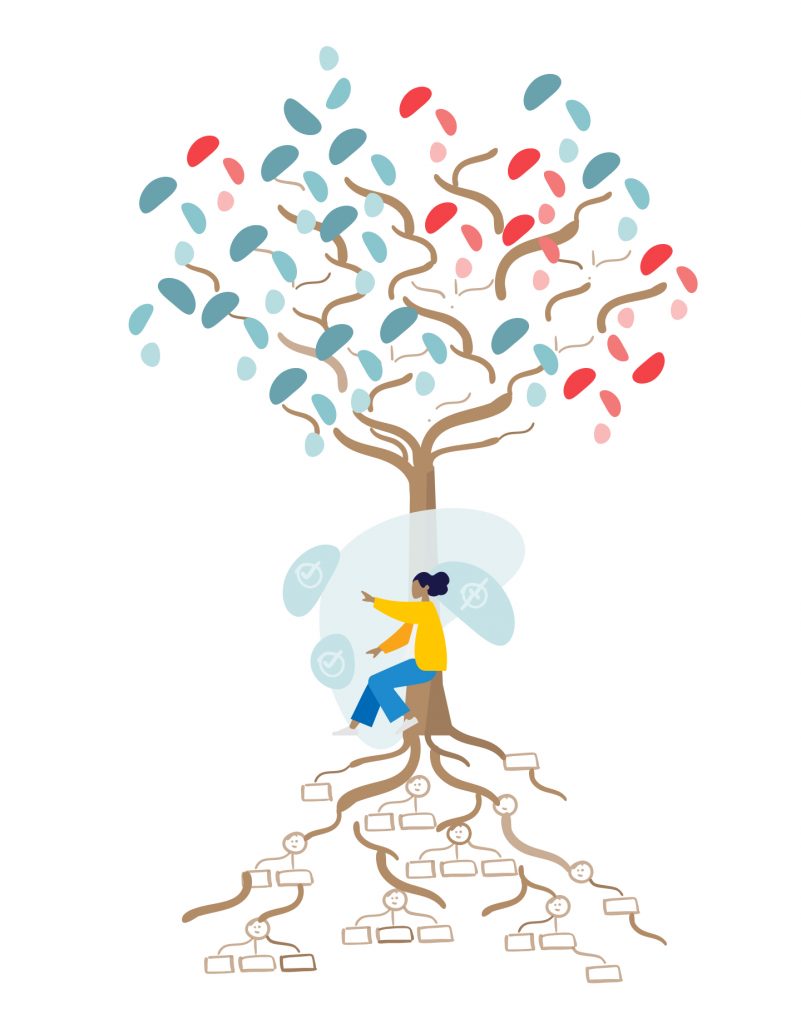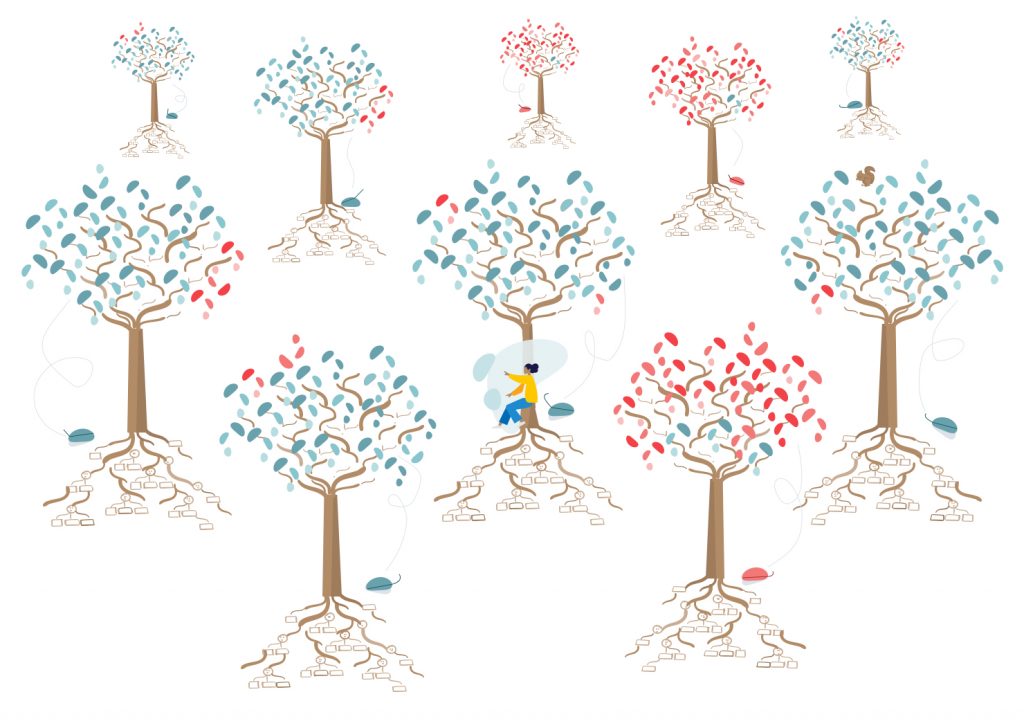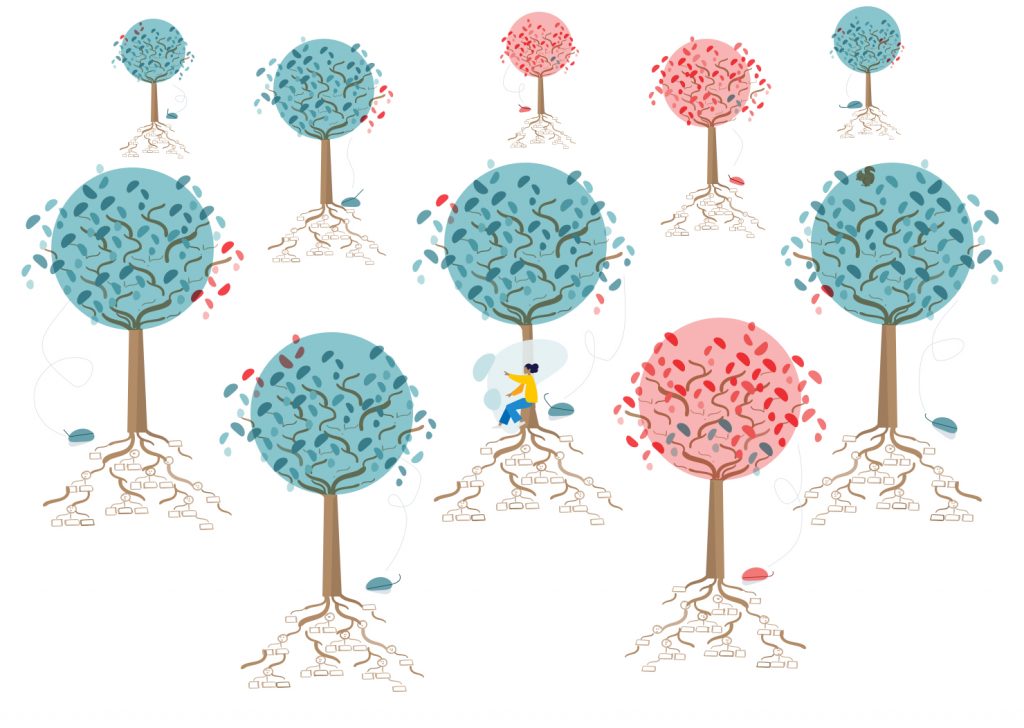Meet our good donor
Think about Johanna: younger, energetic, sensible and usually all for what goes on round her. However one factor considerations her: air pollution, particularly the air pollution of the world’s water provide. In the future she decides, she must do her half in an effort to fight this air pollution. Throughout her analysis, she finds the organisation dedicated to combating the air pollution of the oceans. Impressed by the profile and on-line presence, she decides to subscribe to the e-newsletter. Over the next weeks, she will get extra perception into the organisation’s work and thru her interplay with, for instance, it’s social media platforms, the organisation additionally will get to know Johanna a bit higher. Due to this fact, the messages she receives from the organisation change into extra adjusted to her particular person pursuits. In some unspecified time in the future, the organisation will ask her for a donation. Because the on-line communication is convincing and Johanna needs to do her half, she decides to help the organisation by donating some cash. Nonetheless each organisation depends upon dependable and plannable revenue, so Johanna finally turns into a daily donor. Up up to now, all the things sounds easy sufficient: The organisation’s communication channels helped to amass and develop a daily donor. However what can we do as soon as our donors conform to decide to us for longer? How can we hold donors engaged and most significantly how can we establish whether or not a donor needs to proceed to help us or not? That is the place machine studying comes into play. By means of the gathering and categorization of donor knowledge, it’s attainable to make predictions about how your donors, together with Johanna, will most likely react sooner or later. Machine studying can assist you calculate the likelihood of whether or not a donor goes to proceed to help your organisation or not. In different phrases, it helps us to make predictions in regards to the churn charge of donors, the speed of individuals more likely to cease donating.
How can we use machine studying to foretell donor churn?
Some of the widespread and profitable fashions used for (supervised) machine studying is a random forest, which relies on so-called determination timber. Let’s think about Johanna is standing in entrance of a tree, a symbolic, prophetic tree that decides whether or not Johanna will stay a donor or not. For its prophecy, the tree scans Johanna’s knowledge and its roots dig deep into her knowledge and feed on it. As soon as the data is acquired it travels up by the tree and its totally different branches, representing totally different attainable analytical pathways. Every particular person department stands for a definite evaluation of a portion of the info. One department, for instance, scrutinizes how typically Johanna opened her emails up to now three months, whereas one other department checks if Johanna’s bank card will expire within the subsequent six months. The extra knowledge the tree feeds on, the extra branches will cut up off the tree’s trunk. Lastly, the info feeding the tree and the branches will trigger leaves to sprout. Because the tree has prophetic qualities, the leaves will probably be of various colors. A inexperienced leaf stands for a optimistic reply, signifying that Johanna will proceed her help for the organisation. A purple leaf, alternatively, represents a detrimental consequence and signifies that Johanna is more likely to go away the organisation. The tree will drop one leaf which inserts Johanna’s knowledge finest and it will signify the tree’s prophetic determination.


Now, on the planet of information, prophetic timber are nothing out of the atypical and a mess of them can develop at any time, which then varieties what is known as a random forest. In reality, a number of timber feed on Johanna’s knowledge on the identical time and analyse totally different details about her.


If you wish to predict her future behaviour as exactly as attainable, it’s essential have a look at the totally different prophetic leaves that fell off the totally different timber. Amassing all of these leaves within the random forest in an effort to combination the totally different prophecies provides you with one closing and extra correct reply.


Timber and leaves? However how seemingly is it that Johanna goes to
keep a donor?
This idea will be translated right into a proportion calculation. In reality,
machine studying defines by itself, from collected knowledge, which timber are
necessary and needs to be added to a Johanna’s particular random forest. Then it collects all the mandatory and prophetic leaves in an effort to flip them right into a
likelihood proportion. It is very important notice that machine studying isn’t utilized punctually. It gathers, analyses, evaluates knowledge constantly and in real-time. Thus, as soon as you’ll be able to use machine studying to scrutinize
donor behaviour, you should utilize the chances or predictions made by it to
adapt your communication in a approach that each donor will get the best message, on the proper second and if essential over the best channel too. This will finest be achieved with the usage of a advertising automation
software, the place you possibly can introduce the findings from machine studying in an effort to adapt your messages to totally different donors susceptible to halting their help. On
prime of realizing who must be addressed with extra warning, machine studying
now gives an automatized and self-updating answer for unsure
donors. Let’s come again to Johanna: We gathered all of the leaves that may point out whether or not she is susceptible to halting her contributions to the group. You realized that her pile of purple leaves is greater than her pile of inexperienced leaves, which implies that she is susceptible to halting her donations. In different phrases her churn charge or the likelihood proportion calculated by machine studying is excessive and as soon as she crosses a sure threshold your advertising automation software is instructed to ship out an (automated) electronic mail containing, for instance, a “Thanks on your help” message to Johanna. This idea will get extra fascinating after we notice that opposite to human’s machine studying algorithms don’t are inclined to get misplaced within the woods and may, due to this fact, create ever larger random forests in a position to analyse ever-growing quantities of information. The ensuing potentialities for predictive measures are numerous. Subsequent to predicting the behaviour of present and even attainable donors, organisations can calculate varied different chances like for instance the variety of donations that will probably be collected, who has the potential to change into a significant donor and different necessary data regarding the long run well-being of an organisation. Now it’s as much as you: Are you able to develop your personal forest?



